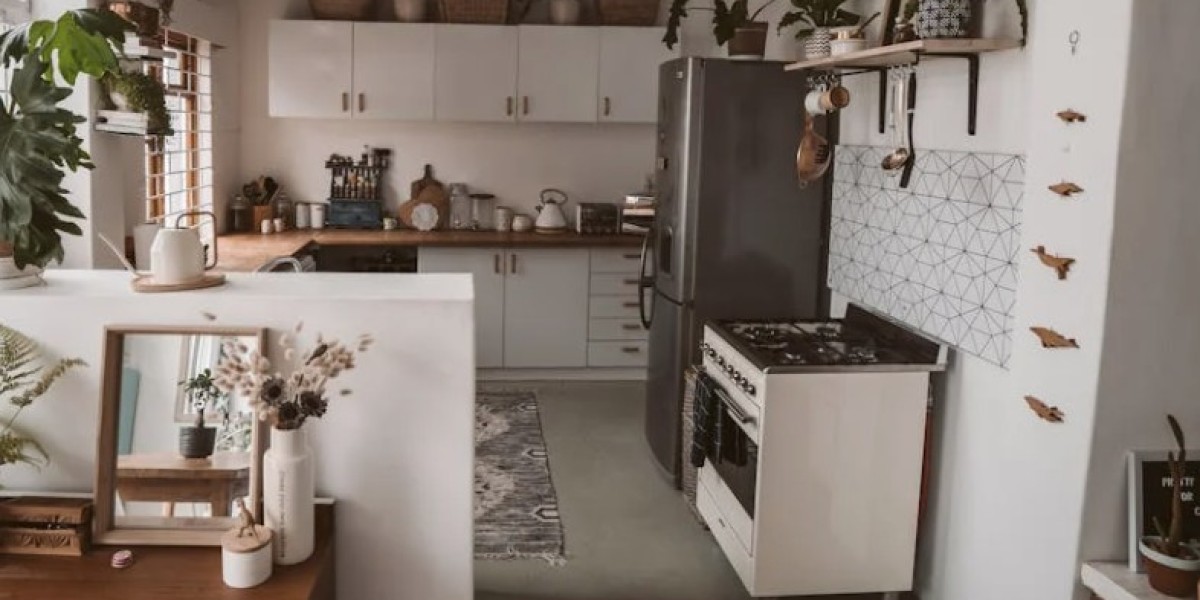Patchwork flooring is an innovative and eye-catching trend that combines various materials, patterns, and colors to create a one-of-a-kind floor design. Originally inspired by traditional patchwork quilting, this flooring style brings together different tiles or wooden planks, forming a visually striking mosaic that enhances the personality of any room. Whether in a modern, eclectic, or rustic setting, patchwork flooring adds character, texture, and charm to a space, making it a popular choice for homeowners and designers alike.
What is Patchwork Flooring?
Patchwork flooring involves mixing and matching a variety of tiles, planks, or other flooring materials to create a unique, often colorful pattern. Instead of using a uniform design, this technique incorporates contrasting styles, patterns, and textures to produce a bold, artistic effect. The beauty of patchwork flooring lies in its flexibility—it allows for creativity and personal expression, with endless combinations available depending on the materials and styles chosen.
Most commonly seen in tiled formats, patchwork flooring can feature different types of ceramic, porcelain, or cement tiles, each boasting a distinct pattern, texture, or finish. It can also be done with wooden or laminate flooring, combining different wood tones and grains for a rustic yet stylish appearance. The possibilities are vast, with homeowners able to create anything from geometric patterns to random, eclectic designs.
The Appeal of Patchwork Flooring
Patchwork flooring has gained popularity for several reasons, including its visual appeal, versatility, and potential to make a statement. Below are some of the key benefits of choosing patchwork flooring for your home or business:
Unique Aesthetic: No two patchwork floors are the same, which makes this style an attractive option for those who want to create a one-of-a-kind space. The variety of patterns, colors, and textures adds depth and intrigue, transforming an otherwise plain floor into a work of art.
Versatility: Patchwork flooring can complement any interior design style. Whether you prefer a vintage, modern, or bohemian aesthetic, the wide array of materials and patterns available allows you to tailor the design to suit your space. Patchwork floors can be used in kitchens, bathrooms, living rooms, or even commercial spaces to create a focal point or add vibrancy to the room.
Creative Freedom: This flooring style allows homeowners to get creative and experiment with different design elements. You can choose to follow a consistent color palette for a cohesive look or embrace a more eclectic approach with contrasting patterns and colors. The flexibility of patchwork flooring means you can personalize your space in a way that reflects your style and personality.
Durability: When using high-quality materials like porcelain or ceramic tiles, patchwork flooring is highly durable and easy to maintain. These materials are resistant to stains, scratches, and moisture, making them perfect for high-traffic areas like kitchens or entryways.
Popular Materials for Patchwork Flooring
Patchwork flooring can be created using various materials, each offering a different look and feel:
Tiles: Ceramic, porcelain, and cement tiles are the most common choices for patchwork flooring. These materials come in a wide variety of colors and patterns, from classic Moroccan or Mediterranean designs to contemporary geometric patterns. Tiles are especially popular in bathrooms and kitchens due to their durability and water resistance.
Wood: For a rustic yet chic patchwork floor, wooden planks of different shades, textures, and finishes can be combined. Mixing dark, light, and medium wood tones creates a warm, inviting floor with lots of character. Reclaimed wood is also a popular choice for an eco-friendly approach to patchwork flooring.
Laminate: If you're looking for a budget-friendly alternative, laminate flooring can mimic the look of wood, stone, or tile at a lower cost. With advancements in laminate technology, you can achieve the look of a high-end patchwork floor without the premium price tag.
How to Incorporate Patchwork Flooring in Your Space
Patchwork flooring works well in a variety of rooms, but it’s essential to balance the bold look with the rest of your interior design. Here are a few tips to ensure your patchwork floor enhances your space:
Keep the Rest of the Décor Simple: Since patchwork flooring makes a bold statement, it's best to keep other design elements simple and neutral. This ensures that the floor remains the focal point without overwhelming the space.
Define Areas: Patchwork flooring can be used to define specific areas in open-concept spaces, such as a dining area or entryway. It adds visual separation while maintaining flow throughout the room.
Mix Patterns and Colors Wisely: When choosing a patchwork design, opt for a balance between bold and subtle patterns to avoid clashing. Consider coordinating the colors of your patchwork floor with the overall color scheme of your space.
Patchwork flooring is a creative and versatile option that allows homeowners to personalize their spaces with unique designs. With its wide range of materials, patterns, and textures, it can transform any room into a stylish, artistic showcase. Whether you want a vibrant and eclectic look or something more subdued and modern, patchwork flooring offers endless possibilities for making your home truly one-of-a-kind.









